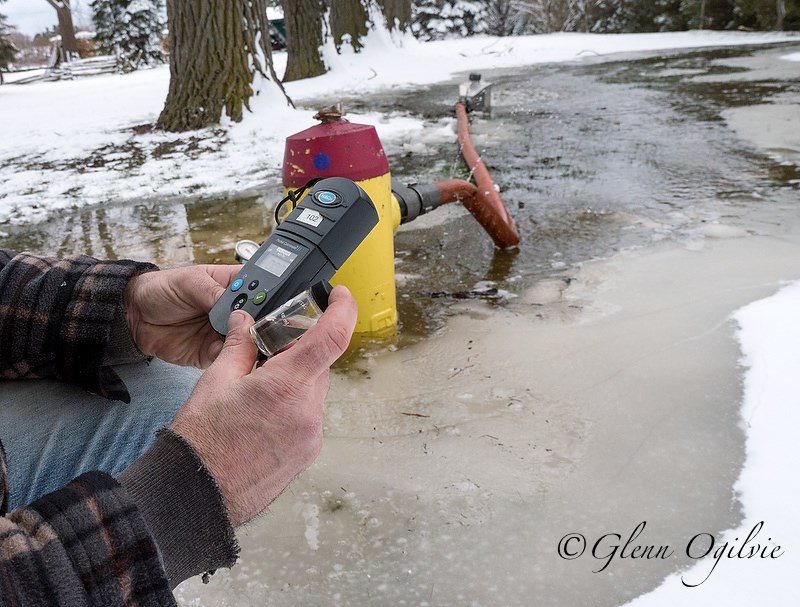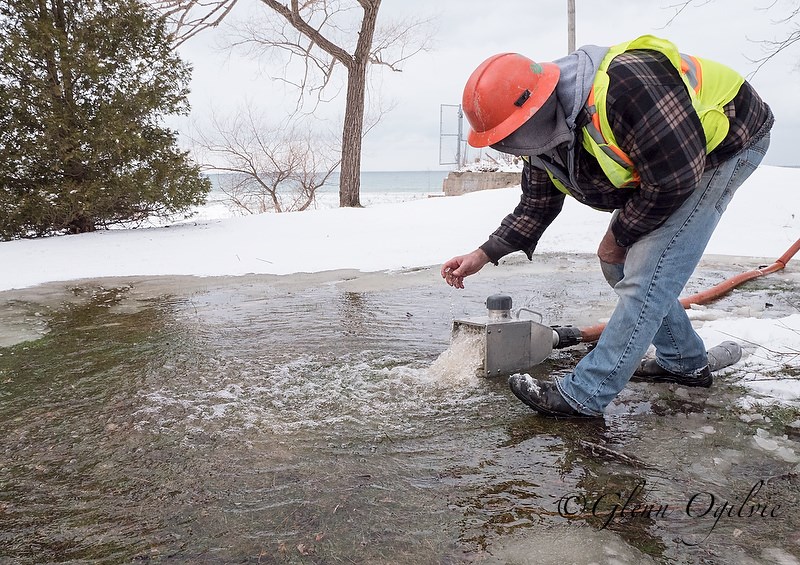Jack Poirier
Special to The Journal
In the wake of the drinking water disaster in Flint, Michigan, officials say Sarnia’s taps are running clean.
The city has invested $45 million in water system improvements since 2009, with tests showing lead levels well below the provincial standard.
“We have the protocols in place to make sure we don’t have a Flint situation,” said Sharon Bottomley of Sarnia’s Environmental Compliance Office.
Sarnia draws a stable supply of source water from Lake Huron that’s treated and monitored 24/7 at the Lambton Area Water Supply System treatment plant, and throughout the Sarnia Distribution System daily, she said.
The Walkerton Inquiry ensured Ontario drinking water systems are regulated and monitored through annual inspections and audits. It’s a multi-pronged approach, Bottomley said.
Regulations updated in 2007 require lead testing in the distribution system. All samples in Sarnia have tested below 1 microgram per litre (ppb). The Ontario Drinking Water Quality Standard is 10 ppb.
The city has also been upgrading its aging water infrastructure by replacing lead services up to residential property lines as they are encountered, the engineering department says.
Homeowners are notified in writing and encouraged to replace lead-containing lines on their property. Lead services that connect the municipal water supply to private properties are also replaced by the works department when found during regular maintenance. Over 90 have been replaced in the past four years.
A federal state of emergency has been declared in Flint, with the U.S. National Guard distributing bottled water and filtration systems to roughly 100,000 residents.
Flint didn’t have problems with its water until officials switched from Detroit’s water department to the Flint River, as part of a cost-cutting move.
The more acidic Flint River water corroded lead pipes, leaching the toxic metal into drinking water. Elevated lead levels have been detected in children.
The Red Cross is accepting humanitarian donations to help the people of Flint. To donate locally, call 519-332-6380 or email [email protected] or visit www.redcross.ca
Records indicate there are no lead pipes in Sarnia’s water distribution system. However, that doesn’t mean residents are immune from lead in their drinking water, Bottomley said.
Homes built before 1950 are likely to have water service pipes made of lead. Lead was also used to solder copper pipes together as recently as 1990. Bottomley said lead can also be found in fixtures, faucets and valves still sold today.
“Running your water is always a good thing before drinking,” she said.
Sarnia does not have a program to check for lead contamination in homes, as that is the owner’s responsibility. Anyone with cause for concern is encouraged to contact Lambton Public Health at 519-383-8331.
The health impacts of lead contamination are most severe in infants and children under six, pregnant women and nursing mothers. Exposure to lead in drinking water has been linked to delays in physical or mental development in children, and kidney disease and high blood pressure in adults.
More information on lead in drinking water can be found on the City’s website at http://sarnia.ca/News-Releases/935

